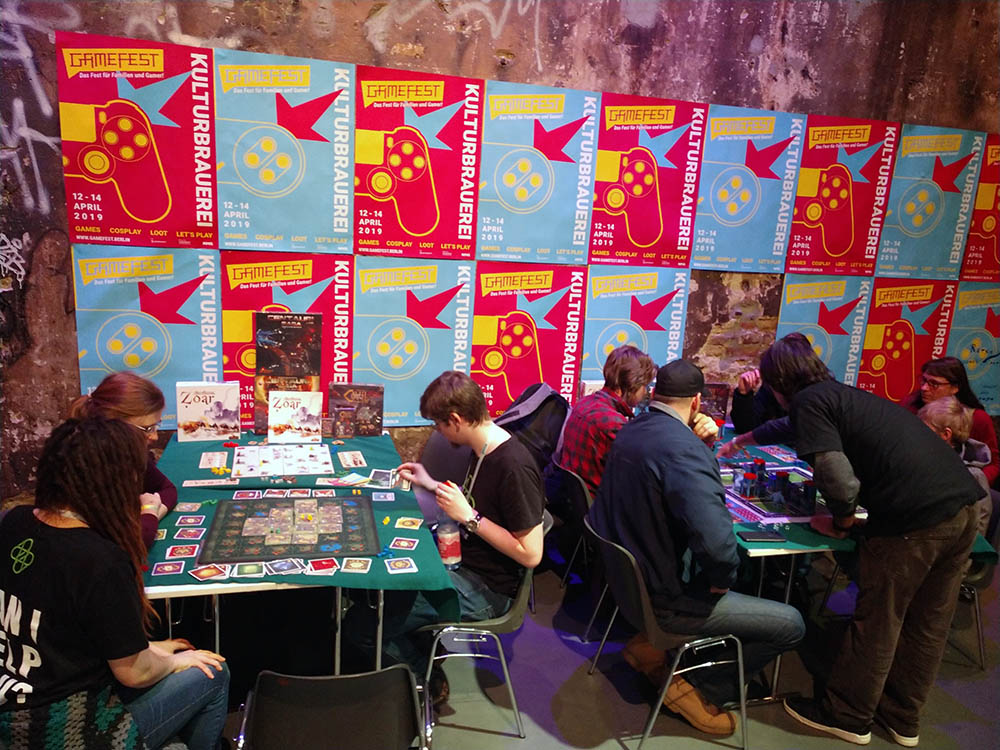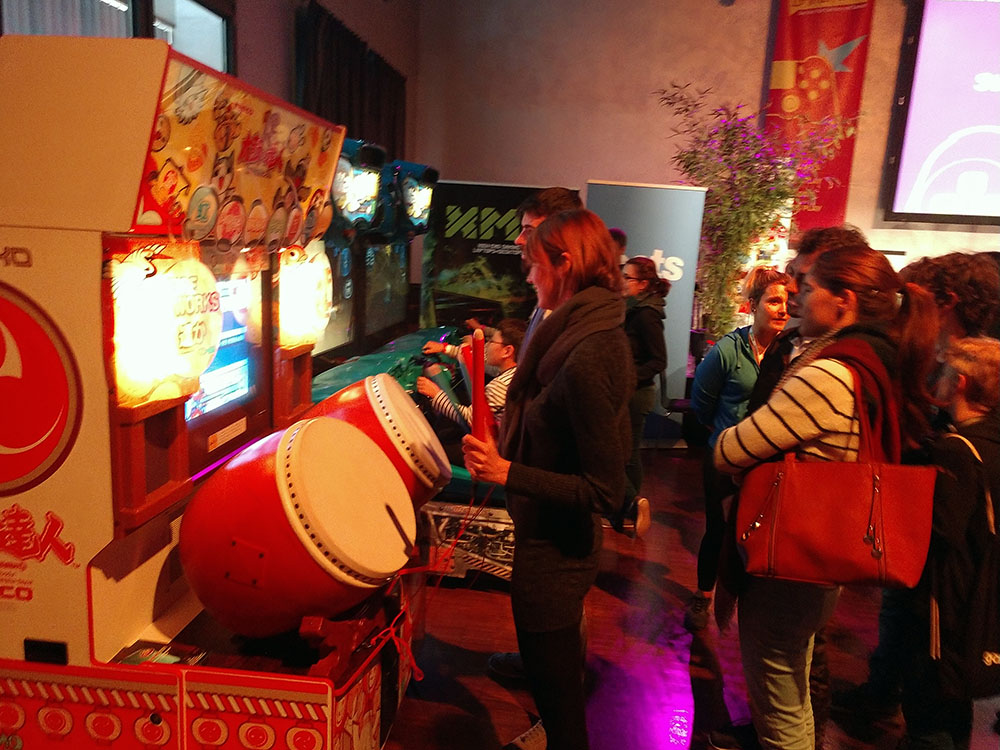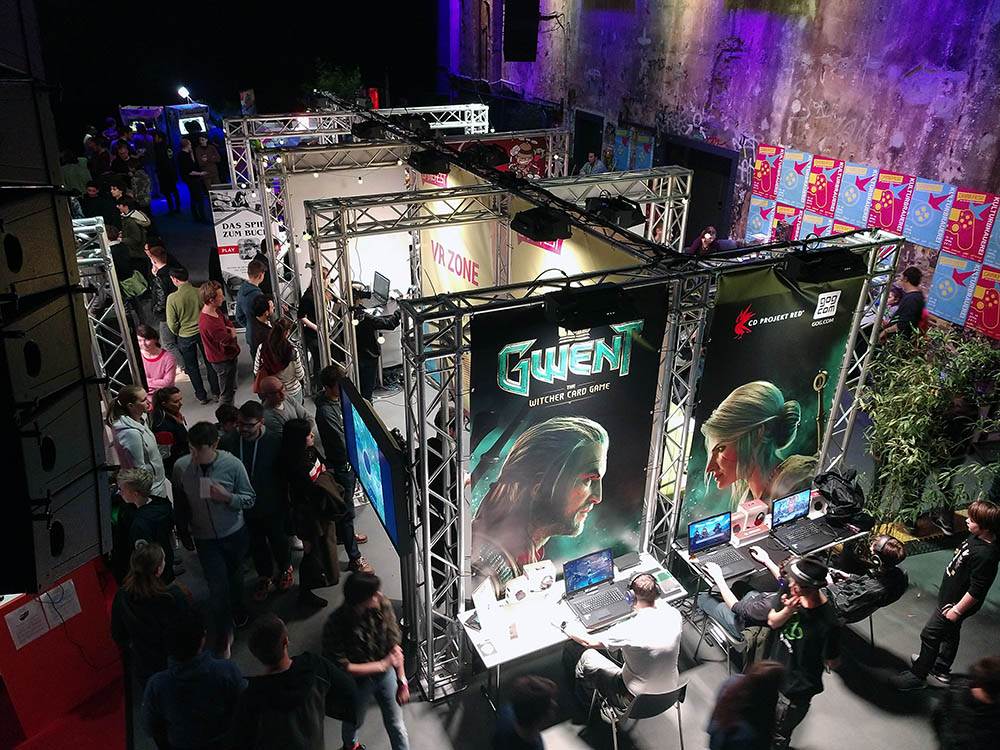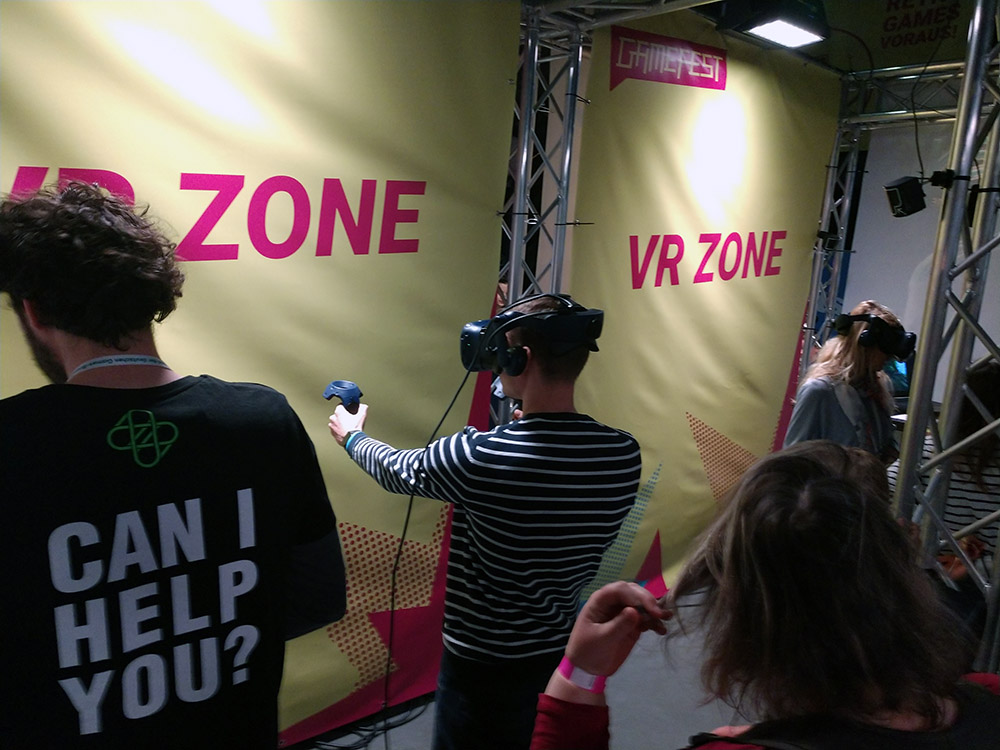Berlin Gamesweek offered many exciting events during a week full of playful and business-oriented activities. Apart from the stellar event platform Amaze Festival (see here), VR was not in the focus. Traditional Gameweek components had few offers for VR enthusiasts. Associated events like TwitchCon and eSport Summit draw a lot of attention as epiphenomenon related more to the media than to the gaming industry. The core game industry was looking out for other types of associations in upcoming funding areas, all overmuch familiar to us.
Quo Vadis: aurum et argentum
If the developer conference’s naming really indicates a question, this year’s answer simply is ‘where the money goes’. German game development will get more public funding this year. But according to the conference program, VR gaming will not play a major role in the funding strategy. Local industry and investors still digest the recent draw-back of their ridiculously short-sighted understanding of VR as a mobile gaming platform. And they seem to disregard the more realistic and steady approach for introducing VR to gamers on second console platforms. Neither PlayStation VR nor Nintendo Labo VR, nor Oculus Quest or Vive Focus were even a topic – while on the expo floor local VR companies looked out for new staff. Instead of a clarification for future industry perspectives in the light of better financial support, I spotted an amazing number of envoys coming from Daimler, digital health and the machinery industry. The cost for better political funding seems to be a closer tie with traditional heavy industry structures. Next Quo Vadis may therefore change the naming accordingly, into Unde Venis.
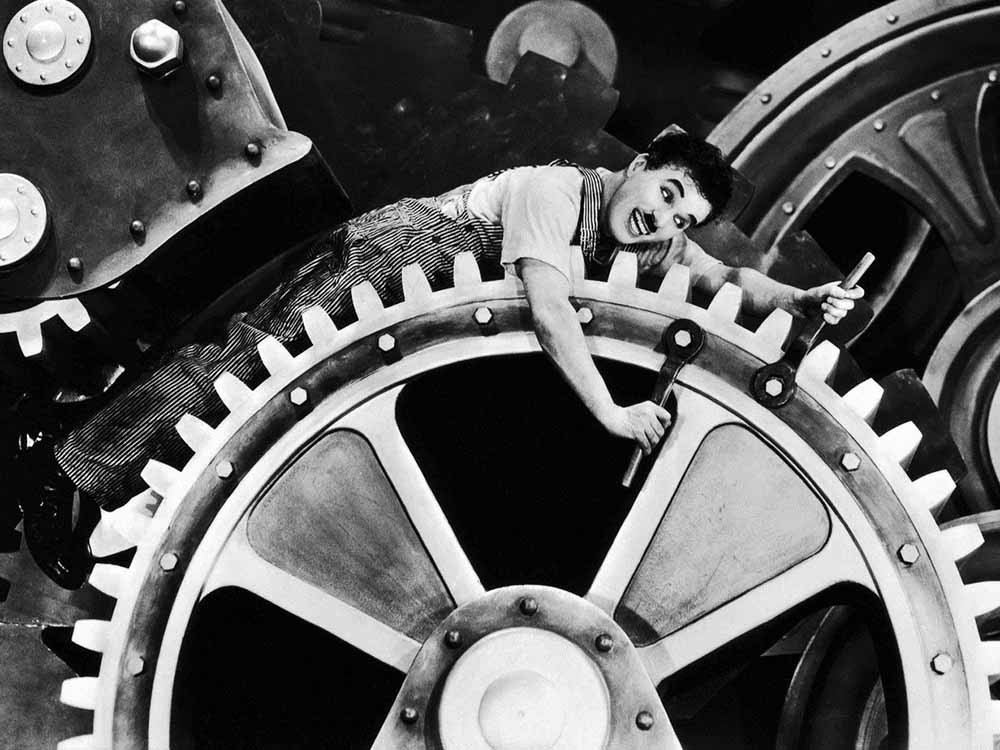
APITs Day: ora et labora
Gamesweek also offered a glimpse into this gamification perspective from the traditional industry’s side at HTW’s APITs Day. Here, VR and moreover AR were in the focus, indeed. You could try out applications for marketing and promotion, listen to serious games findings at the conference, or look into industrial applications for training programs. But the technological and structural gap between gameplay and machinery is still wide concerning toolsets and mindsets. The combination of both may even have repelling effects: traditional industry is still based on fabrication concepts originally rooting in taylorism, whereas the game industry uses unhandy engine mechanics as basic production framework. Coming together they risk to pull the human factor in VR, which is based on intuition and physicality, back into mechanical clockwork behavior. It may be healthier to take VR gaming a little less seriously before getting stalled in Modern Times again.
GameFest: panem et circensis
Gamesweek’s popular GameFest took place at a single venue this year, and my first impression reminded me of 1990’s huge Gameworks arcades. Several gaming areas invited to get into the game: an Indie area, an arcade area, an education area, a retro area, a tabletop area, a kickstarter area. There was also a VR area showing Crytek’s Robinson’s Journey from 2016 and a bow shooting demo on Vives. The joyful and playful atmosphere demonstrated the impact of games in today’s family life. Table top games were the bread and butter of the Fest, as they dominated nearly half of the venue. And I am still a bit puzzled that Germany could never link it’s leading design role in this area with digital gaming platforms of our time. But seeing so many people quewing up for game arcade installations points to a promising outlook for upcoming VR LBE Gameworks.
Homo hominem ludus
Even if VR was not in the focus of Gamesweek’s many activity platforms, the annual event series stays relevant as an indicator for the region’s playful life and gaming business. We may see new rules coming up for the playing field with funding dynamics. We may continue to play out the same mechanics again and again, or we may unlock levels beyond mechanical digitization and quantification. Errare humanum est, sed perseverare diabolicum. Ludi incipiant!

